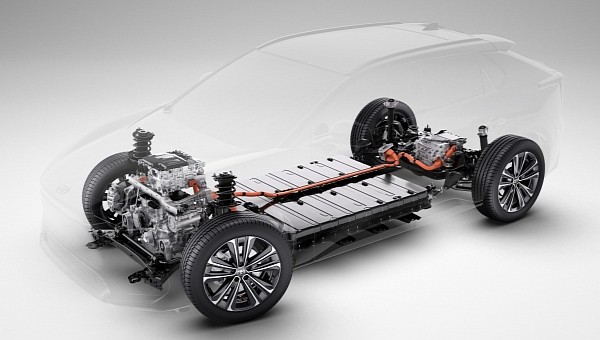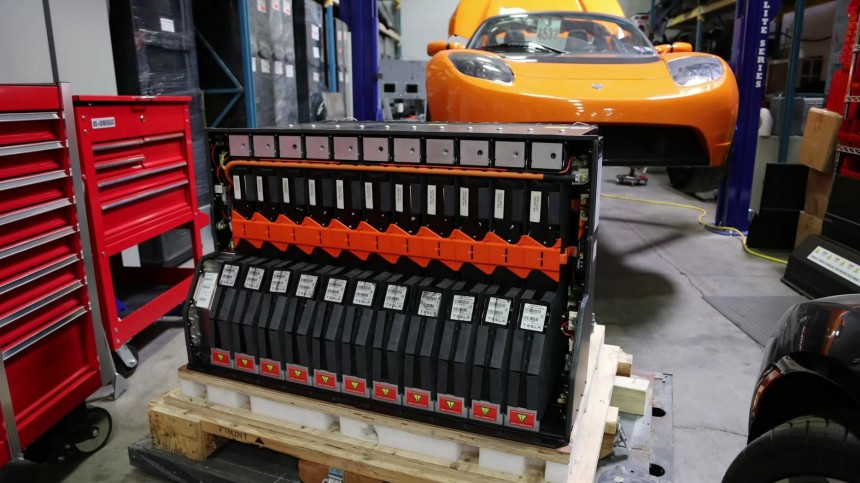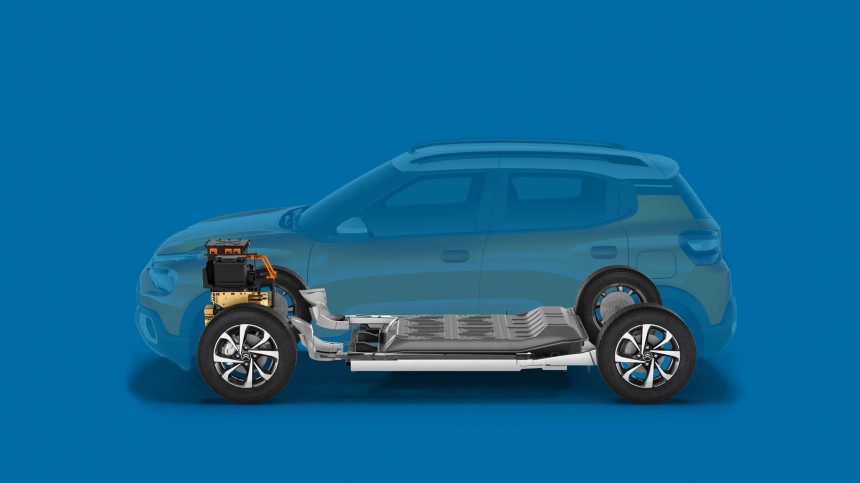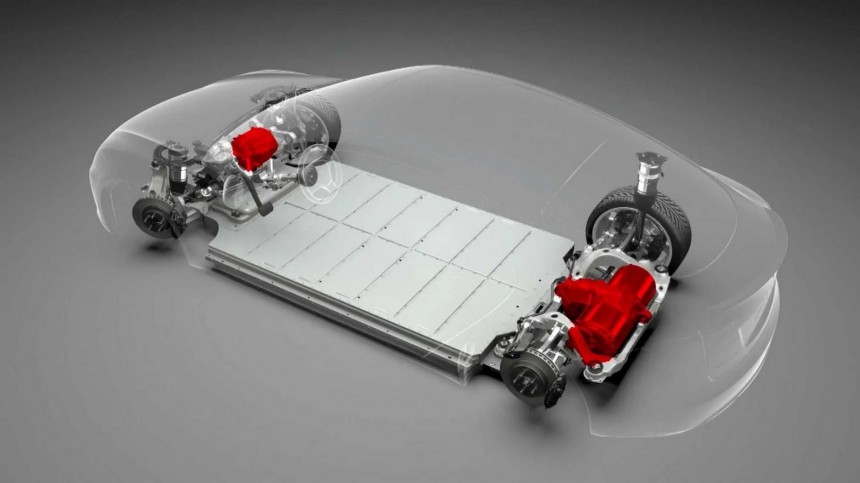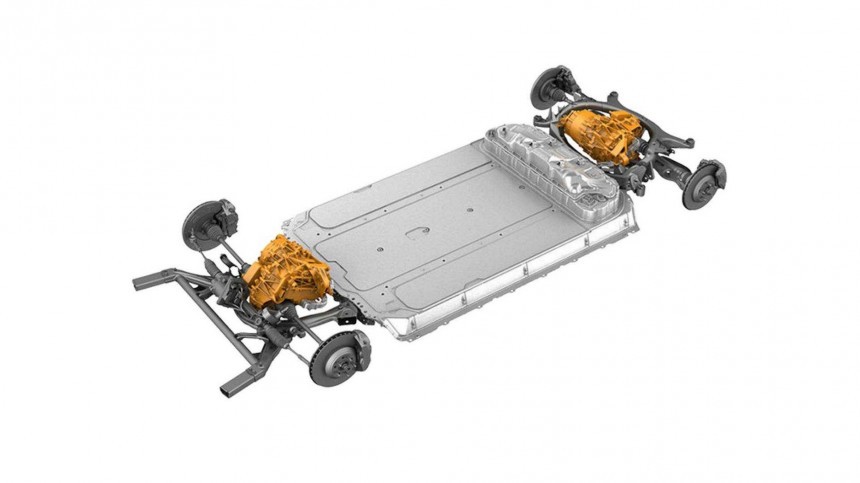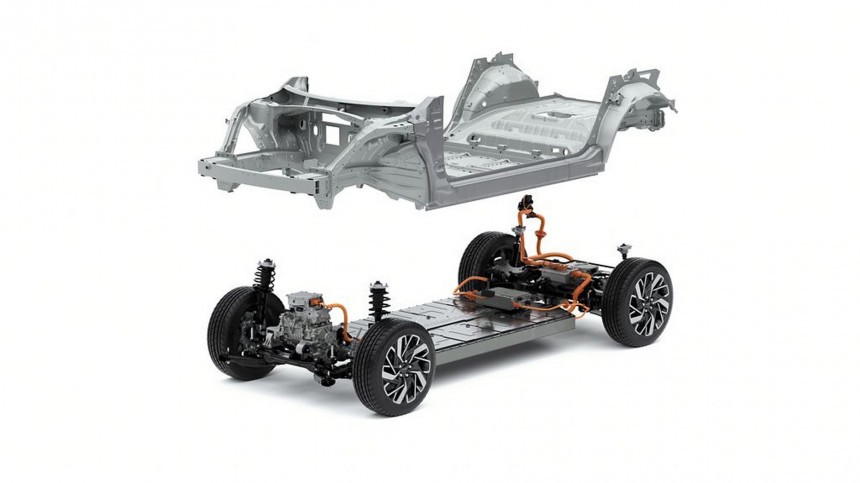A Recurrent study made the headlines recently. Curiously, it generated multiple interpretations, some of which just took what the company said as a confirmation that battery packs lasted for a long time. It was not what the study revealed: the own company admits several flaws that prevented it from stating that. Instead of proving what EV advocates wanted, it confirmed battery pack lifespan studies cannot be taken seriously now.
The first and foremost problem Recurrent acknowledged is that we still lack old EVs. The oldest one around is the Tesla Roadster, which made its premiere in 2008. The Nissan LEAF emerged by the end of 2010, and the first Tesla Model S dates from June 2012. Consider that the mandatory American federal warranty establishes the battery packs have to be covered for a minimum of eight years or 100,000 miles. That said, the warranty periods of these older units have expired pretty recently.
The exception is the Roadster, but it was not a mass-produced vehicle. Despite that, Pete Gruber said the 2008 battery packs are holding up pretty well. As the leading specialist in Roadster battery pack repairs, he knows what he is talking about. So much so that he revealed the ones sold in 2016 as replacements are not doing that well: they are all failing at the same time, regardless of how they were used. Gruber Motors suspects that this has to do with cells made with less electrolyte than they should have. Tesla is yet to provide an official explanation for the failures.
Regarding the LEAF and the Model S, they are precisely the vehicles that sounded the alarm about something most BEV advocates have failed to address so far: if the battery pack “dies, so does the car.” Recurrent has written that in its study, and that’s a fact. Costing around $20,000 or even more, battery pack replacements will represent more than 50% of the value of used BEVs.
According to KBB, a 2012 Tesla Model S Signature Performance costs around $32,000 nowadays – and that was the electric sedan’s flagship trim. The cheapest one costs around $25,000. If we are talking about a LEAF, that’s even worse. A 2011 LEAF, whether it is the entry-level SV or the more loaded SL – costs around $5,000. In Europe, Nissan charged €20,000 for a replacement. In the Virgin Islands, the Japanese carmaker wanted $35,000 for a new battery pack. How do you keep these BEVs on the road if their only problem is with their most expensive component?
When you check Recurrent’s study a bit further, it states that 8.5% of the 2013 Tesla Model S battery packs had to be replaced. That’s almost 10%, which means that for every ten units, one had to receive a new battery pack. It would be fantastic if all these replacements occurred under warranty, but Recurrent did not state how many happened that way. To make matters worse, the BMS_u209 error is increasingly affecting more vehicles, which explains why the Facebook group dedicated to the problem gets more followers every day.
Now let’s check when other BEVs were presented. Tesla delivered the first units of the Model X in September 2015, so all those that did not crash or catch fire are still under warranty. All other BEVs came after that, which means all of them are still legally covered: Chevrolet Bolt EV (December 2016), Model 3 (July 2017), Jaguar I-Pace (June 2018), Audi e-tron (March 2019), Model Y (March 2020)... All covered. Recurrent recognizes that issue when it states that “most EVs have been on the road well under six years, with almost 30% sold in 2022.”
If battery packs did not fail while they were supposed to last, that’s excellent news… for the BEV makers producing and selling them. They are the ones paying the bill. A recent case involving Tesla suggests you even have to ask these companies what customers should believe: warranty periods or what lawyers state in court. In Germany, Tesla lawyers said a Model S should last only 210,000 km (130,488 mi), which is less than the mileage limit the warranty covers: 240,000 km (149,129 mi).
What really matters for customers is learning how much more they will last after their warranties end. That is when battery packs may kill used BEVs because they are just too expensive to replace. Let’s suppose we had enough old BEVs to give us that answer.
In order to discover that, Recurrent would need a much larger sample than the 15,000 vehicles. The own company acknowledges that its “community is not representative of all EVs on the road due to limited data connectivity for some makes and model years.” It probably missed saying that it is a tiny fraction of all BEVs in the American market. According to Cox Automotive, 809,739 units were sold there in 2022 alone.
If Recurrent said 30% of all BEVs on the road arrived last year, that means 809,739 units represent 30% of the total, which is 2,699,130. However, we know the estimate is not precise, so there were probably 2.7 million BEVs on American soil by the end of 2022. Tesla alone celebrated its 4 millionth vehicle produced worldwide on March 1, but the U.S. is its primary market. Recurrent’s community represents 1.9% of the cars sold in 2022 and 0.5% of the total in the country. That may not be enough to determine the health of all BEVs circulating.
The last reason why the study must be taken with a (loaded) spoon of salt is that Recurrent was not born to help determine how healthy battery packs are. Its main mission is to “accelerate the overall adoption of electric vehicles.” Would Recurrent talk about battery packs failing with such an objective? The company pledges it would in its third core value: “We need to be a trusted independent voice in the EV ecosystem to achieve our mission of getting more EVs on the road. We’ll never misrepresent data in our reports.”
To be genuinely trusted as an independent voice, the company should do two things. The first is to promise it would never avoid talking about data that threatened “the mission.” When BEVs are old enough not to hide their secrets anymore, such information will emerge. What will Recurrent do about it? The second is to change its mission. Independence demands you not be committed to any outcome. At least the study acknowledged some of its flaws. Too bad EV advocates chose to ignore them.
The exception is the Roadster, but it was not a mass-produced vehicle. Despite that, Pete Gruber said the 2008 battery packs are holding up pretty well. As the leading specialist in Roadster battery pack repairs, he knows what he is talking about. So much so that he revealed the ones sold in 2016 as replacements are not doing that well: they are all failing at the same time, regardless of how they were used. Gruber Motors suspects that this has to do with cells made with less electrolyte than they should have. Tesla is yet to provide an official explanation for the failures.
According to KBB, a 2012 Tesla Model S Signature Performance costs around $32,000 nowadays – and that was the electric sedan’s flagship trim. The cheapest one costs around $25,000. If we are talking about a LEAF, that’s even worse. A 2011 LEAF, whether it is the entry-level SV or the more loaded SL – costs around $5,000. In Europe, Nissan charged €20,000 for a replacement. In the Virgin Islands, the Japanese carmaker wanted $35,000 for a new battery pack. How do you keep these BEVs on the road if their only problem is with their most expensive component?
Now let’s check when other BEVs were presented. Tesla delivered the first units of the Model X in September 2015, so all those that did not crash or catch fire are still under warranty. All other BEVs came after that, which means all of them are still legally covered: Chevrolet Bolt EV (December 2016), Model 3 (July 2017), Jaguar I-Pace (June 2018), Audi e-tron (March 2019), Model Y (March 2020)... All covered. Recurrent recognizes that issue when it states that “most EVs have been on the road well under six years, with almost 30% sold in 2022.”
What really matters for customers is learning how much more they will last after their warranties end. That is when battery packs may kill used BEVs because they are just too expensive to replace. Let’s suppose we had enough old BEVs to give us that answer.
If Recurrent said 30% of all BEVs on the road arrived last year, that means 809,739 units represent 30% of the total, which is 2,699,130. However, we know the estimate is not precise, so there were probably 2.7 million BEVs on American soil by the end of 2022. Tesla alone celebrated its 4 millionth vehicle produced worldwide on March 1, but the U.S. is its primary market. Recurrent’s community represents 1.9% of the cars sold in 2022 and 0.5% of the total in the country. That may not be enough to determine the health of all BEVs circulating.
To be genuinely trusted as an independent voice, the company should do two things. The first is to promise it would never avoid talking about data that threatened “the mission.” When BEVs are old enough not to hide their secrets anymore, such information will emerge. What will Recurrent do about it? The second is to change its mission. Independence demands you not be committed to any outcome. At least the study acknowledged some of its flaws. Too bad EV advocates chose to ignore them.
